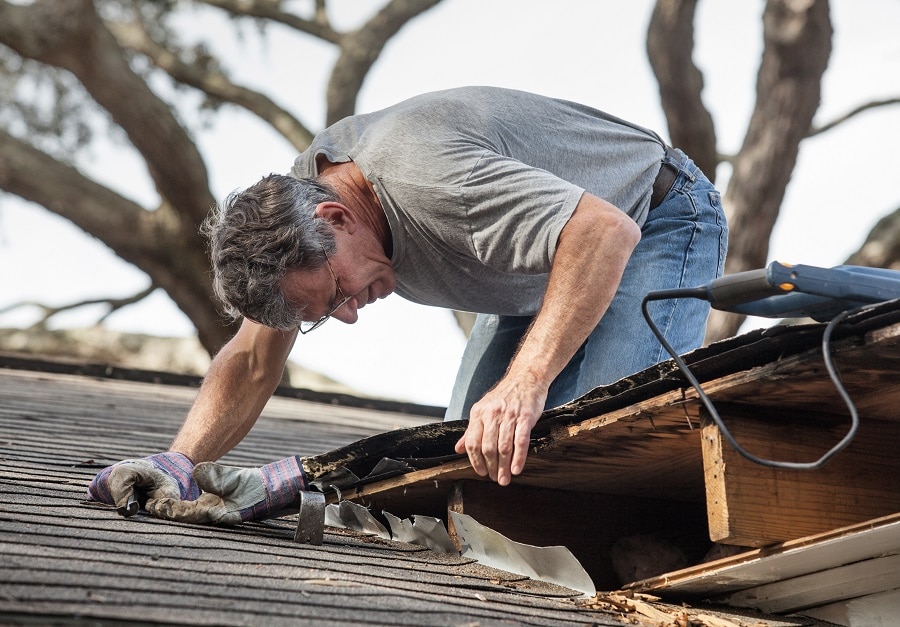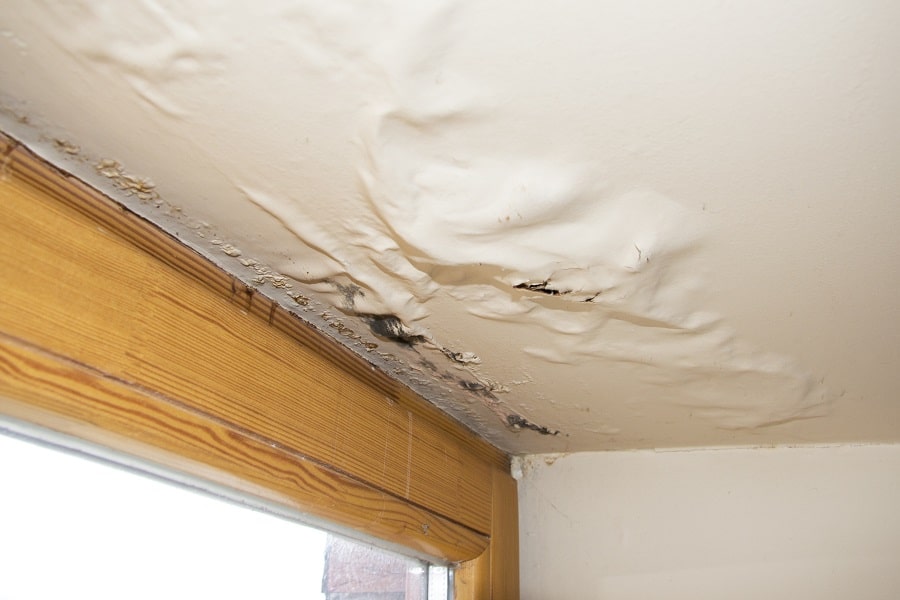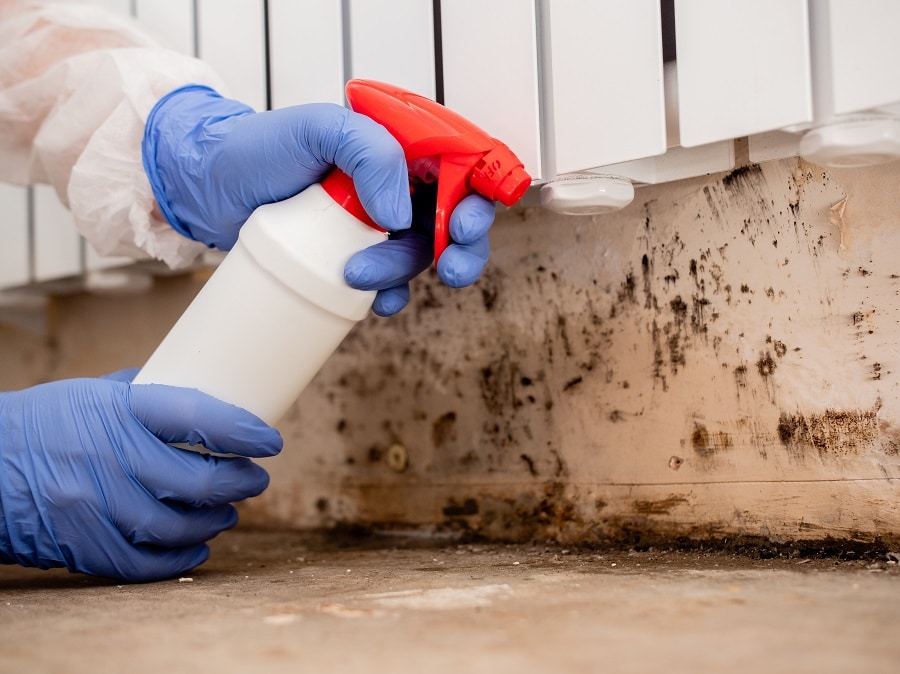When we consider any building, regardless of its age, any timber decay within the building is often caused by rot. Wood rot is identifiable in two common forms: wet rot and dry rot, both caused by fungal decay in building timbers.
What is Wet Rot?
Wet rot is a parasite that can be found in wet timber. It distorts the timber, making it swell and separating the fibres, which eventually leads to crumbling and loss of strength in the structure. Wet rot causes wood decay and loss of structural integrity, making the timber disintegrate. Incessant contact with sources of moisture is the primary cause of wet rot in structural wood. It could be from faulty plumbing or penetrating damp, on the ‘wet’ side of the house. Wet rot is a fungus, it will spread to timbers in the vicinity of the source and cause damage.
Our Guarantee
- upto 30 year guarantee
- customer focused team
- 20 years combined experience
- portfolio of satified customers
- attention to detail
- Construction line accreditation
- public liability insurance
- CHAS accreditation
What is the Difference Between Dry Rot and Wet Rot?
Dry rot can cause quick and extensive damage to structural timber as it circulates the affected property. Wet rot, on the other hand, is far more common even though the effects are less severe: damage is restricted to the waterlogged areas on the timber. In the absence of obvious fungus, we can differentiate Wet Rot from the Dry Rot by observing the differences in the timber colour and the type/size of cracking seen on the timber with the progression of either type of rot.
What causes Wet Rot?
Wet rot spores are only present in certain environmental conditions. The major cause of wet rot is moist timber. Moisture expedites the progression of wet rot fungi. As a result, signs of decay become visible on the timber.
The Dangers of Wet Rot in Wadhurst
Wet rot is a serious issue to deal with. It can destroy your property and reduce its value. Wet rot must be treated immediately it is noticed, or it will spread throughout your home. A recent survey asked 2,038 homeowners in London if they had ever experienced wet rot in their homes, where they noticed it, and whether they were able to prevent a recurrence.
The results were quite surprising; over 20% of the respondents had experience with some form of wet rot. Wet rot causes damage to timber floors and can make the building structurally unsound. Besides the costly repair work required to get rid of wet rot, it can also reduce your property’s value, and many insurance firms do not provide coverage for houses where there is moisture ingress and damp build-up.

What are the Warning Signs of Wet Rot?
The signs of wet rot or the conditions that allow the fungus to gain a foothold in the timber depend on the type of moisture it comes in contact with. Some noticeable signs include a musty smell, wallpaper peeling, the central heating boiler malfunctioning, and cookers not working properly. Common areas where wet rot occurs include beneath the kitchen sink, along external walls, attics and roof spaces. Wet rot typically attacks older buildings constructed using timber frames rather than modern species such as Meranti and Sapele. Timber that is found below ground level or reaching a one-floor level is susceptible to wet rot as well. Identifying wet rot or dry rot is the first step toward preventing it. If you believe that your house suffers from a wet rot infestation, then you should carry out a damp survey immediately.
Call Our Sussex Damp Experts team now for quote, consultation and advice:
Call on 01273 257 765.
How and When Should I Look for Wood Rot?
It should be an annual task, similar to spring cleaning to search your home for signs of damp or wood rot, and a good time to do it is during your pre-winter weatherproofing activities. You will need a decent flashlight and a screwdriver, preferably one with a long handle.
Looking out for discolouration or swelling below and around the windows is necessary for buildings with wood siding. Since paint can hide wood rot and to ensure that it is solid, poke the siding with the screwdriver. If the wood gives in with pressure and has a spongy texture, then you are dealing with wood rot. Test the attic for discoloured wood using a good flashlight. Perform the screwdriver test if you find any that matches this description. Make sure you examine the roof decking’s underside, the joints where the wood members meet at the rooftop, and the attic edges where rafters slant down to form eaves. These are key locations for the growth of wood rot in the attic.
Using the flashlight to detect discolouration around the perimeter wood plate that lies directly on the top of the concrete basement wall, inspect the wood members in a basement or crawl room (sill plate). With the screwdriver, inspect any discoloured regions. Examine walls and floors for signs of water leaks or discolouration under sinks, around tubs and baths, and the water heater.
How do we identify wet rot?
Detecting wet rot is not as simple as it might sound, many forms of the fungus affect timber differently. An excellent way to confirm rot in painted timber is to stick a knife in it, up to the hilt. Our specialist damp proofing experts have years of experience and are trained to look for the following:
- Localised fungal growth on timber
- The soft, spongy feel of timber; the affected area appears darker than the surrounding timber.
- The soft and spongy texture of rotting timber; the affected region often looks darker than the other parts.
- That spongy, soft feel timber gets when affected by wet rot; the affected parts are darker than the other areas.
- The spongy, soft texture of rotten timber; the infested area is darker than the other parts.
- The springy feeling that is an indicator of wet rot; the affected area is often darker than others around it.
- Crumbling of affected dry timber into particles.
- Dry timber crumbling into particles.
- The crumbling of infested timber into dry particles.
- Dried-out timber disintegrating into particles.
- The disintegration of rot-eaten timber into particles.
- Shrinking timber
- Bleaching wood in window and door frames
- Flaky or damaged paint
- A musty, damp smell
What to Do After You Detect Wet Rot?
You need to engage the help of a damp expert when you notice wet rot. The source of moisture must be identified and blocked to avoid similar cases in the future. For further information about treating wet rot, call us on 01273 257 765 and let Sussex Damp Experts help.
Wet Rot and Damp Proofing in Wadhurst

If you need damp proofing services or wet rot treatment in Wadhurst, you are on the right page. Call us immediately you spot any indication of damp or wet rot in timber around the house. By helping you fix the problem, you can save money on expensive repairs and also minimise the health risks attached to letting the decay progress unimpeded. Our qualified surveyors will help you identify the cause of the issue and the best steps to take in rectifying it.
Timber damp proofing, not to be confused with cosmetic treatment, refers to a maintenance strategy intended to protect the timber from decay. There are two main ways to protect the timber.
You should not rely on surface treatments; they fail often and can even worsen the situation. The only available solutions include covering the surfaces using membranes, treating or replacing the timber. If you would like to speak with one of our experts or require further information about treating wet rot, call us on 01273 257 765 and let Sussex Damp Experts help.
Wet Rot Treatment Specialists in Wadhurst
With 20 years experience tackling wet rot in Wadhurst, we are leading specialists offering free, no-commitment cost estimates and site surveys to a wide range of property owners. Our damp proofing and wet rot experts will visit your property, identify any signs of water ingress or wet rot and advise you on the best course of action. Our experts use advanced methods to detect and treat various forms of rot in properties.
Wet Rot Treatment in Wadhurst
Wet rot typically occurs in areas with sustained exposure to moisture. However, when we treat wet rot, we do not just fix the damage caused by it. The problem must be treated at its source. We examine the pathways moisture takes in reaching the timber and block them all off, eliminating the possibility of a repeat case. Wet rot treatment should be left to experts who can provide a comprehensive solution. Delay in treatment can result in a compounded increase in the treatment cost. It is advisable to contact professionals like Sussex Damp Experts when you identify any sign of damp or wet rot development in your building.

We have the expertise to effectively treat wet rot. At Sussex Damp Experts, we quickly determine the source of the dampness and which areas have been most affected. Don’t put it off any longer, call us today on 01273 257 765 or complete and submit the contact form to get started.
Our Wet Rot Treatment Process in Wadhurst
The more you delay starting treatment, the worse the situation becomes. If you notice the presence of fungal rot at the early stages, treatment can be narrowed down to a small area. In more serious situations where the fungus has spread along the breadth of the timber, you may need replacements for entire timber beams. You must take several steps to treat wet rot. The treatment of any fungus-related issue involving timber should start by protecting it from damp. If there is water leakage in your home that affects the timber, we identify the source and apply corrective measures. Builders and contractors who lack expertise often resort to replacing the affected wood. This is usually followed by applying chemical preservatives to the damaged area. Such an approach is assured of failure. If you are worried about the presence of wet rot in your building, call Sussex Damp Experts today. We can help you identify the cause and treat the damage.
What happens to Wet Rot if left untreated?
Ignoring wet rot gives it the license to weaken the structural timber, which could put the lives of the residents in danger. When rot settles in, the timber gets soft and will cave in when poked with a sharp object such as a knife or a screwdriver. The long-term effect is that the timber loses its structural integrity with time, and you also run the risk of condemning your building if the issue persists. Call Sussex Damp Experts 01273 257 765 and discuss your project with one of our wet rot treatment experts today.
What is the cost of Wet Rot Treatment in Wadhurst?
The effects of rot are devastating for any property. The cost of repair work and damp proofing will vary based on the type and severity of the infestation, but that shouldn’t deter you. With our team of professionals available to help, you will quickly realise that wet rot treatment in Wadhurst can be affordable. We are here to help you make the right decision for your home and families wellbeing.
How to prevent wet rot?
To prevent decay, the wood must be kept dry and free of moisture. You can use wood hardeners to give timber in at-risk areas an extra layer of protection against moisture. The most vulnerable areas in a building are the window boxes and sills, including timber beams that haven’t been damp proofed and stand close to brickwork.
Talk to Our Wet Rot Treatment Experts Today!
If you want to speak to our experts for further information on wet rot treatment, call 01273 257 765 today and let Sussex Damp Experts help.
FAQ
Is wet rot smelly?
Is Wet Rot Capable of Spreading?
Can Wet Rot Cause Health Problems?
Is there a DIY treatment solution?




